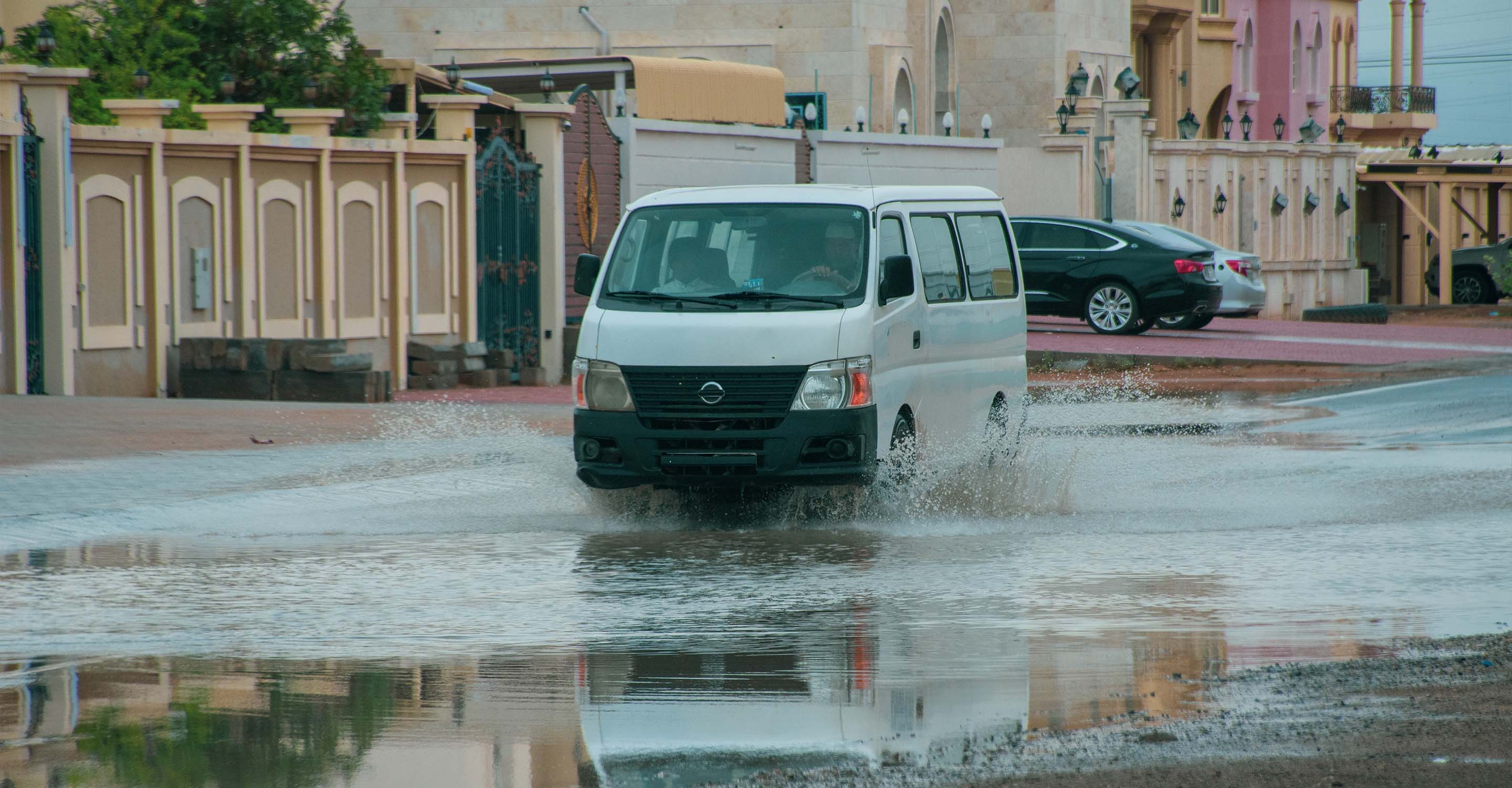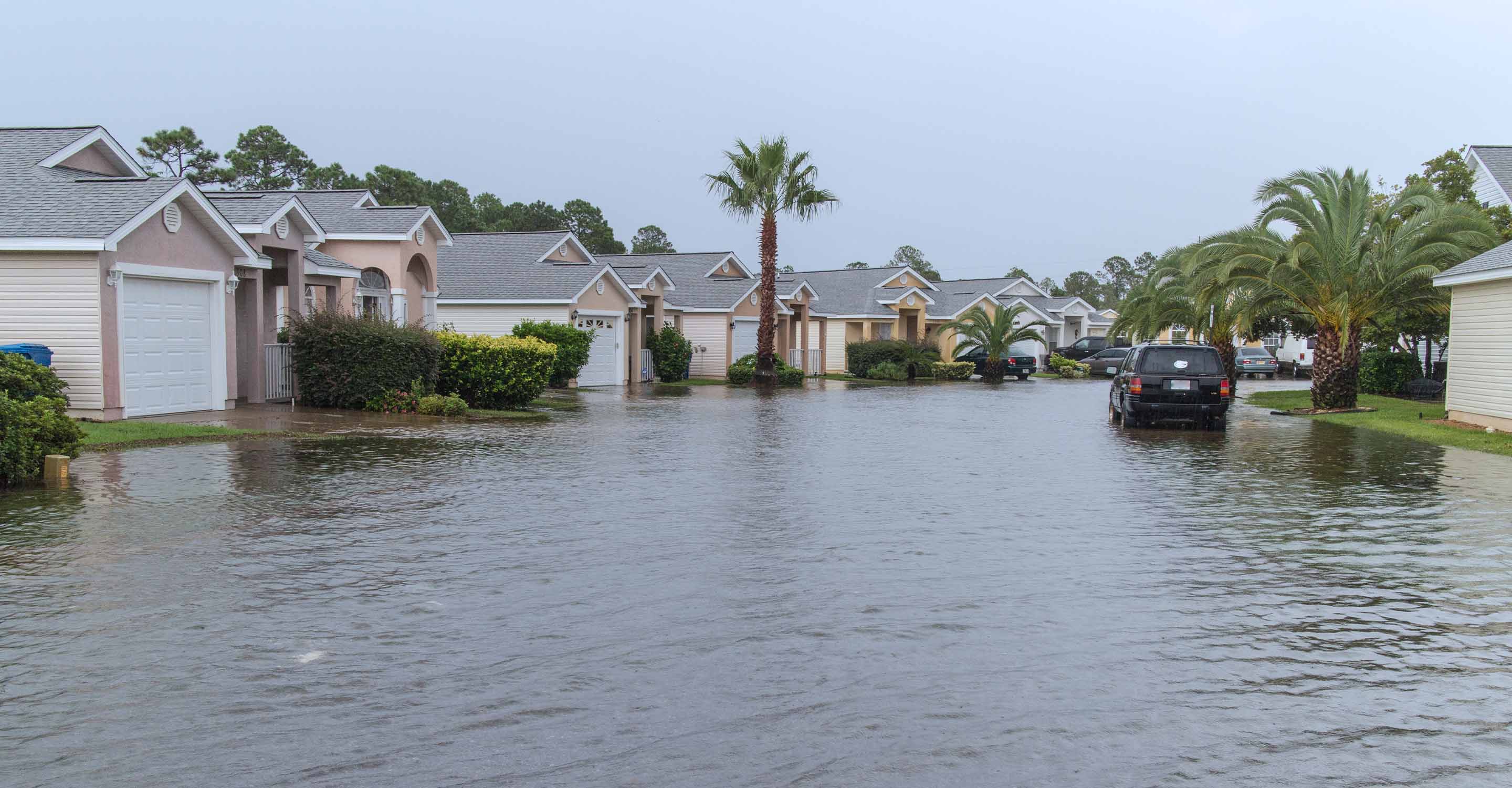Ben Cat air quality map
Live air pollution map of Ben Cat
4.4K people follow this city
Full screen
Contributors category
0
Government
0
Educational
0
Non-profit organization
0
Corporate
0
Individual
0
Anonymous
Station(s) operated by

*IQAir’s AQI data modeled using satellite data. Learn more
Health Recommendations
| Enjoy outdoor activities | |
| Open your windows to bring clean, fresh air indoors GET A MONITOR |
Ben Cat does not have air sensor data
Be the first to measure and contribute air quality data to your community.
Understand air pollution and protect yourself
Ben Cat MAP AIR QUALITY ANALYSIS AND STATISTICS
Can you see the current level of air pollution on the air quality map for Ben Cat?
When first accessing the air quality map for Ben Cat, the user will see some coloured discs that each contain a number. These discs indicate the air quality by using colours. The cleanest air has green coloured discs and they gradually get darker until the worst air quality which is represented by dark maroon colours. The numbers within the discs are the US AQI number. This internationally recognised number is endorsed by the World Health Organisation (WHO) and is used to make comparisons between cities across the globe by using the same standards.
Sometimes there are not many discs on the air quality map because a lot of data is collected using satellites. This is the case for Ben Cat because most of the information about the air quality comes from satellite data. The meaning of the various colours on the discs is explained in the legend at the foot of the map.
Is there any other information that can be gleaned from the air pollution map for Ben Cat?
When a disc is chosen, a pop-up box appears on the right-hand side of the screen with more information, such as air temperature, humidity, wind speed and air pressure. It also gives the level of the PM2.5 pollutant in microns per cubic metre, which is used as a standard measurement. Residents who are familiar with the city might recognise the industrial zones which inevitably have darker coloured discs because of the poorer air quality.
From the main page, it can currently be seen that Ben Cat is experiencing a period of air quality classified as being “Unhealthy for sensitive groups” with a US AQI reading of 137. The PM2.5 reading at the beginning of April 2022 was 50.3 µg/m³ which is ten times higher than the target figure of 5 µg/m³ as recommended by the World Health Organisation (WHO).
You will also see a forecast for the forthcoming days in order to help plan ahead. There is also a comparison between other cities in Vietnam.
Does the air pollution map for Ben Cat indicate where the worst air quality is?
To a certain extent, yes, it is possible to see where the worse areas are by looking at the colour of the discs in that vicinity. The darker the colour; the worse the air quality. The overall background of the map carries an overall colour which generally shows the air quality too.
This information can be very useful when choosing whether to travel to other parts of the city or where your child’s school will be or possibly even help you choose where to live. The city centre can sometimes be a darker colour because of the volume of traffic using the roads, but this could vary according to the time of day. Factories are usually built in special industrial parks or zones, but there may be a few still remaining in residential areas. These will have been built before the city developed and therefore the city grew around them, often leaving them in residential areas. Most local authorities try to encourage these units to relocate to the industrial zones, but some can be a little stubborn and maybe require incentives. By moving to the suburbs, the staff no longer need to commute through the city centre each day so this also helps reduce the air pollution from their vehicles.
The location of any wildfires is also indicated on the map. This information when read in conjunction with the wind direction can decide if and when the smoke from the fire will reach the city. There is currently one burning less than thirty kilometres away from Ben Cat.
Where does all the air pollution come from in Ben Cat?
The process of industrialization and modernization has contributed to economic development. With the goal of developing domestic industry, the number of industrial parks established to attract industrial investment projects is increasing.
The phylogenetic sources are diverse and their composition is also different. In addition to energy production, the main industries responsible for the emissions generated are the petrochemical industry, the chemical industry, the mineral industry (mining and processing) as well as the waste disposal activities. Waste and even the food processing industry.
Several measures to treat industrial emissions from factories in Ben Cat Binh Duong are as follows;
- Replace outdated industrial machinery lines generating a lot of emissions with modern machinery lines.
- Replace traditional fuels such as coal, fuel oil with electricity.
- Use environmentally friendly clean technology in industries.
- Construction and installation of exhaust gas treatment systems in accordance with regulations in factories and export processing zones.
- Exhaust gas is treated and then checked regularly to avoid harmful emissions entering the air.
PM2.5 is a measurement used often on the air pollution map of Ben Cat, but where does it originate?
PM2.5 fine dust appearing in the air originates from natural causes and man-made causes. The natural causes can be from wildfires which, worldwide are largely caused by abrupt climate change. Sudden climate change releases a large amount of dust into the environment, leading to serious air pollution. Deserts, sandy soils, volcanic eruptions are also one of the major causes contributing to the creation of a large amount of fine dust dispersed in the air, polluting the air. Around October - November each year, fog often appears. These thick layers of fog contribute to the accumulation of dust inside the city that cannot escape, thereby making the city covered with a thick layer of dust.
Private vehicles also produce a certain amount of smoke and dust caused during travel, eroding the road surface into the air, thereby increasing the amount of large fine dust causing pollution. The use of coal, wood and oil stoves for cooking also produces a certain amount of smoke, which increases fine dust in the air.
Factories, and industrial parks often emit a large amount of smoke into the environment and the air, thereby increasing the amount of fine dust in the air, also the process of building apartments, bridges and roads is also a cause of fine dust in the environment, seriously affecting the air.








